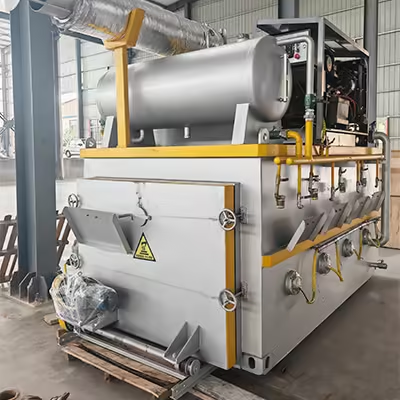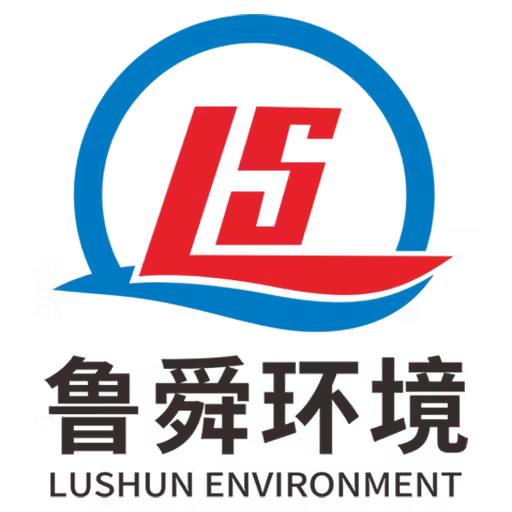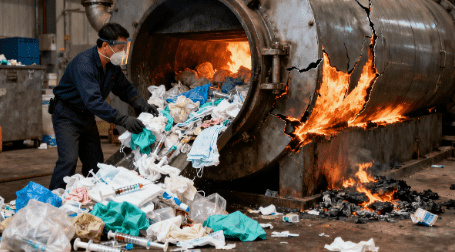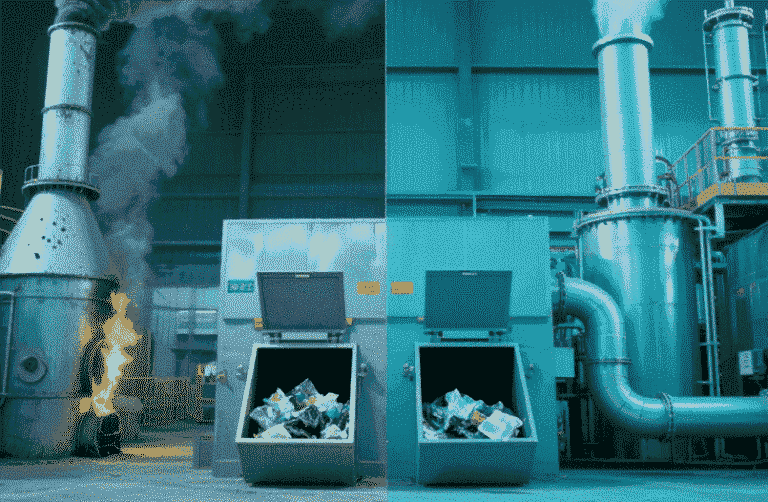Table of Contents
Introduction

The shifting perception of pets from mere animals to “non-human family members” is driving a quiet consumption revolution globally. This view is prominent in the U.S., where 66% of households share this belief, and in Europe (58%), creating intense emotional demand when a beloved companion passes away. The ultimate question for owners facing this loss is how to provide a dignified farewell, making the segment of end-of-life services, including the use of advanced equipment, a critical component of the rapidly growing pet economy.
The global pet bereavement services market, which was valued at $1.7 billion in 2024, is projected to exceed $4.1 billion by 2034, with a compound annual growth rate (CAGR) of 9.1%. The Asia-Pacific market, driven by countries like China, Japan, and South Korea, exhibits the fastest growth at a CAGR of 12.8%. As this market expands, understanding the necessity, technology, and emotional impact of professional handling methods, such as through a specialized Pet Carcass Incinerator, becomes crucial.
Navigating Ethical Pet Carcass Incinerator Practices
The handling of a pet’s remains is often a delicate task, steeped in both emotional need and public health requirements. Understanding the ethical and legal facets of pet carcass disposal can not only offer peace of mind to pet owners but also ensure that the process is carried out with care, respect, and efficiency. Here, we explore essential insights that can guide both businesses and individuals in navigating the increasingly important practice of pet carcass incineration.
Insight 1: Why High-Temperature Incineration is Mandated
A key reason why pet carcass incinerator use is mandated is the public health and environmental protection it provides. Disposing of animal remains through improper means, such as random burial, poses serious risks like soil contamination, groundwater pollution, and the potential transmission of diseases. To mitigate these dangers, many countries, particularly in North America and Western Europe, require high-temperature incineration. This scientifically sound method ensures that the remains are completely disposed of, reducing health risks and protecting ecosystems.
What’s fascinating is how pet carcass incinerators have evolved to meet these regulatory needs. The high temperatures—ranging from 800°C to 1200°C—transform the carcass into sterile ash, which is then safely disposed of. This method is not only effective in disease control but also an environmentally responsible choice.
Insight 2: The Global Market Dominance of Cremation
Cremation services, particularly for pet carcass incinerators, dominate the market, accounting for an impressive 76.2% of remains handling. Why? The reliability, finality, and ease of cremation make it the go-to choice for most pet owners. Other alternatives, such as biodegradable caskets and water-based cremation (known as aquamation), are gaining popularity, but none rival the thoroughness of high-temperature incineration.
Cremation offers not only closure but also a final resting place for pets in the form of ashes, which many owners cherish. This growing market, projected to exceed $4.1 billion by 2034, underscores the deep emotional bond between owners and their pets, as well as the need for efficient and ethical disposal practices.
Insight 3: Regulations Drive Market Opportunities
As global regulations surrounding pet carcass incinerators evolve, businesses must remain vigilant. Countries like Germany and Sweden have long had stringent laws, mandating professional cremation for pets and forbidding private burial. As pet ownership and the pet bereavement market grow, enterprises should align themselves with regions that support these legal frameworks.
In Japan, the Pet Carcass Disposal Regulations highlight the country’s growing commitment to humane and hygienic disposal methods, making it an ideal market for pet carcass incinerators. Staying ahead of regulatory changes can not only ensure compliance but also position businesses as leaders in ethical pet handling.
Insight 4: The Core Principle of Thermal Oxidation
Understanding the science behind a pet carcass incinerator is essential for both operators and pet owners. At the heart of every incinerator is thermal oxidation—a high-temperature process that involves the combustion of organic materials. During cremation, the pet carcass is exposed to temperatures as high as 1200°C, which causes the oxidation reaction, reducing the organic matter to ash.
The incineration process is highly efficient, and modern incinerators utilize intelligent controls to ensure optimal temperature and complete combustion. This ensures that not only is the pet’s remains disposed of but that harmful emissions are minimized, making the process as environmentally friendly as possible.
The Technological and Regulatory Landscape of Incinerator Solutions

The equipment used in professional environmental technology, including incinerators and related disposal mechanisms, relies on advanced engineering and smart controls.
Insight 5: Efficiency and Reduction Rates
Modern pet carcass incinerators are designed for maximum efficiency. Some pyrolysis gasification systems can reduce waste by more than 90%. These systems, including those from companies like Shandong Lushun Environmental Technology Co., Ltd., integrate cutting-edge technology to ensure that the disposal process is both eco-friendly and cost-effective.
This efficiency has massive implications for the environment, as fewer resources are wasted and emissions are drastically reduced. It’s this focus on energy savings and sustainable practices that is driving the future of pet carcass incinerators.
Insight 6: Concerns Associated with Incinerator Technology
While pet carcass incinerators offer tremendous benefits, the technology is not without its challenges. One notable concern in the industry is the potential for emissions. Operators must regularly maintain the equipment and monitor emissions to ensure compliance with environmental regulations. This is especially critical in the case of sensitive applications, such as medical waste, where safety and emission standards are more stringent.
This brings to light the importance of safety protocols and continuous monitoring to maintain the integrity of the cremation process, ensuring that it remains both effective and environmentally responsible.
| Key Market Facts: Pet Disposal & Cremation | Data Source |
| Global Pet Bereavement Market Size (2024) | $1.7 Billion |
| Projected Global Market Size (2034) | Over $4.1 Billion |
| Market Share Held by Cremation Services | 76.2% |
| Percentage of U.S. Owners Viewing Pets as Family | 66% |
| High Profit Margin on Customized Memorials | 60%-80% |
The Emotional Economy and Services Beyond the Incinerator
Handling a pet carcass is rarely a purely logistical task; it is rooted in the “emotional economy”. Once the physical process is completed, the focus shifts entirely to emotional healing and remembrance.
Insight 7: Integrating Digital Memorials and AR/VR
As technology advances, pet owners increasingly look for ways to keep the memory of their pets alive digitally. Services are now offering digital memorials where pet owners can create a “life archive,” incorporating AI to replicate their pet’s voice, movements, and sounds. Additionally, Augmented Reality (AR) and Virtual Reality (VR) technologies are allowing pet owners to “revisit” their pets in virtual spaces, creating a digital eternity.
These innovations are perfect for the younger generation, who seek high-tech ways to express their emotions and keep their pet’s memory alive in the digital world.
Insight 8: Customizing the Farewell Experience
Customization is key when it comes to handling the emotional aspect of pet loss. Many pet owners now seek personalized rituals to honor their pets. From paw print jewelry to customized headstones and memorial sculptures, services surrounding pet cremation have evolved to meet these emotional needs.
This customized farewell experience is highly profitable, with businesses in the pet bereavement sector often seeing margins of 60%-80%. Companies like My Furever Memories have capitalized on this growing demand by providing personalized services that cater to each pet owner’s unique emotional needs.
Insight 9: Building Community for Ongoing Support
Pet bereavement is a journey, and leading businesses in this space know that emotional support extends beyond the cremation process. Establishing online grief support groups, offering counseling services, and hosting memorial events are just some of the ways companies are building long-term relationships with customers.
This approach fosters brand loyalty and allows businesses to extend their services into areas such as grief therapy and end-of-life counseling. Pet owners feel supported not just during the cremation process but throughout their grieving journey.
Insight 10: Cultural Sensitivity is Key to Global Expansion
Finally, any company operating in the global pet carcass incinerator market must recognize the cultural diversity surrounding pet death and cremation. Different regions have unique traditions, and these must be respected in every aspect of the service. For instance, in Japan, Buddhist exorcism rituals play a significant role in how pets are mourned and their remains disposed of.
Understanding these cultural nuances allows companies to provide compassionate, regionally appropriate services that resonate with local customs and beliefs.
Conclusion
The global pet bereavement market is transitioning from a niche service to a global trend, with professional services like those involving the Pet Carcass Incinerator becoming essential for both ethical and practical reasons. The high utilization rate of cremation services (76.2%) confirms its position as the preferred method for respectful and harmless treatment of remains. The future of this industry lies not only in highly efficient equipment, such as general incinerator systems capable of reducing waste by over 90%, but also in the convergence of technology, culture, and emotional support to provide a holistic and meaningful final farewell. This demands a long-term strategy centered on policy compliance, cultural sensitivity, digital innovation, and strong community building.
FAQ
Q: Why is professional pet carcass incinerator disposal preferred over backyard burial?
A: Professional handling, often involving high-temperature thermal processing, is highly favored because it meets crucial public health and environmental standards. Private burial carries the risk of contaminating soil and groundwater and may facilitate disease transmission. High-temperature processing is the most scientific and hygienic way to achieve harmless treatment, which is legally required in many developed regions.
Q: What is the emotional driver behind the growth of the pet disposal market?
A: The rapid growth is rooted in the “pet familyization” trend, where pets are regarded as integral family members. The dignified disposal process acts as a necessary emotional outlet, helping owners find closure and solace, addressing the intense “secondary loneliness” that arises following the loss of an emotional companion.
Q: What technologies are emerging in the disposal and memorial industry?
A: Beyond the equipment, the memorial industry is embracing advanced technologies. This includes utilizing AR/VR technology to create immersive memorial experiences and virtual cemeteries for remote mourning. Additionally, the creation of “digital life archives” that use AI to recreate a pet’s characteristics is becoming a high-added-value service, appealing particularly to younger consumers.






